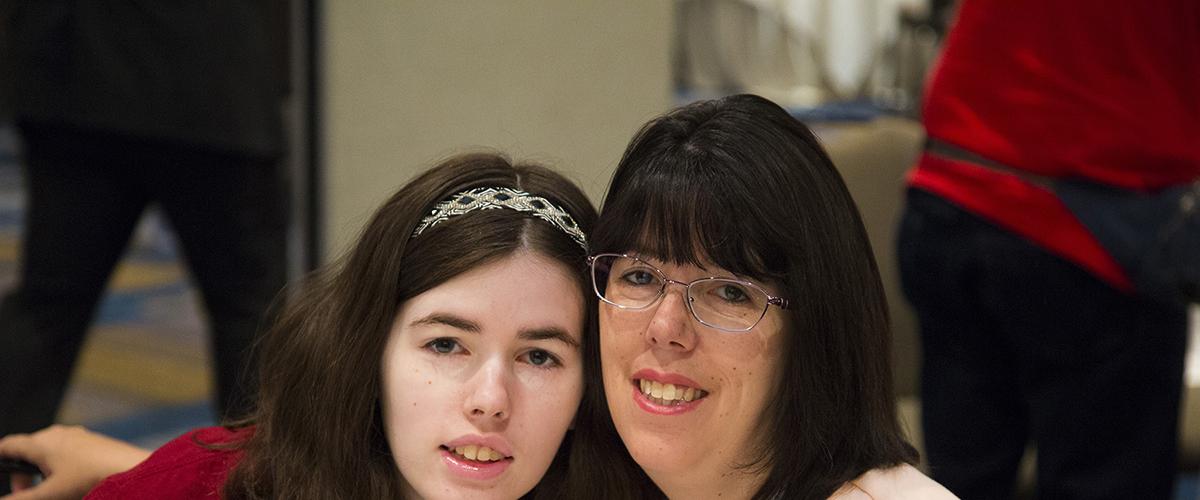Patient-reported data from MDF’s Myotonic Dystrophy Family Registry (MDFR) indicate that impaired sleep or daytime sleepiness are among the most prevalent symptoms of DM1, experienced by over 76% of patients. Despite the prevalence and substantial burden imposed by sleep disorders, studies report that many patients do not receive treatment.
Dr. Sophie West and colleagues at the Newcastle Regional Sleep Service and Institute of Genetic Medicine, Newcastle University have evaluated a large cohort of patients with daytime sleepiness and assessed the effectiveness of a variety of treatment strategies. Since many DM1 patients do not have immediate access to facilities providing optimized and integrated care, it is important to understand and disseminate best care practices among their physicians.
In a prospective study of 120 DM1 individuals presenting with daytime sleepiness, the Newcastle group used thorough overnight sleep studies to stratify patients into treatment regimens that are commonly used for sleep disorders but not yet rigorously validated for DM. Obstructive sleep apnea, respiratory failure, and sleepiness accompanied by a normal sleep study were prevalent among the DM1 study patients. Four treatment regimens were evaluated: (a) those with hypercapnia were offered non-invasive ventilation (NIV); (b) obstructive sleep apnea patients offered continuous positive airway pressure (CPAP); (c) those with daytime sleepiness and no underlying disorder detected from sleep studies were offered modafinil; and (d) a non-treatment group with normal sleep studies or with disorders but declined the interventions.
Those receiving each intervention and, parenthetically, the percentage deriving benefit were as follows: NIV for respiratory failure (37%), CPAP for obstructive sleep apnea (33%), and modafinil for daytime sleepiness with no sleep disorder (33%). Overall, 29% of patients studied derived benefit from interventions that are in general use for more common disorders. Differences in Epworth Sleepiness Score distinguished responders (ESS = 15.9) from non-responders (ESS = 11.9) across all interventions. The authors point to the need for either a meta-analysis of published studies or a randomized controlled trial in order to better understand the features of modafinil non-responders.
Report Findings
Dr. West and colleagues conclude that comprehensive diagnosis of sleep disorders in DM1 is essential in directing patients toward specific, most-effective interventions. They point to the diverse causes of sleep and breathing disorders in DM and advocate for this tailored approach to treatment. Taken together, the authors view a detailed, diagnostic approach as superior, both in treatment efficacy and overall costs, to simply using the predominant symptomatology at presentation as a guide to improving patient care. These findings also provide a strong argument for comprehensive care guidelines, readily available to both physicians and patients, to ensure optimum quality of care for all living with DM.
Reference:
Sleepiness and Sleep-related Breathing Disorders in Myotonic Dystrophy and Responses to Treatment: A Prospective Cohort Study.
West SD, Lochmüller H, Hughes J, Atalaia A, Marini-Bettolo C, Baudouin SV, Anderson KN.
J Neuromuscul Dis. 2016 Nov 29;3(4):529-537

